
Since the weather isn’t cooperative enough to do any outdoor shooting, I decided to start by putting the iPhone 16 Pro Max macro photography capabilities to the test, comparing to its predecessor.
In principle, macro shots taken with this year’s phone should be much more detailed, given the new 48MP sensor. However, the differences between the two aren’t vast, and I suspect have more to do with processing than sensor resolution …
Understanding the megapixel trade-offs
For many years, Apple resisted indulging in the megapixel wars. While Android brands have long touted 50MP or even 100MP cameras, Apple for a long time stuck resolutely to 12MP.
There’s good reason for that. All other things being equal, higher resolution means squeezing more pixels into the same sensor size. The smaller the pixels, the more noise becomes an issue. That’s the reason it was commonplace for a high-end DSLR to offer lower resolution than some phones, because camera brands prioritize quality of pixels over quantity.
Apple couldn’t resist the game forever, however, because to consumers, a bigger number must be better. That’s why Apple switched to a 48MP main sensor (even if some might quibble about the number), and why this year’s Pro models also have 48MP sensors for the ultra wide camera used for macro shots.
A quick note on the 1:1 crops
For all of the comparison shots, you can click or tap to view full-size. There are also 100% crops letting you see the quality at 1:1 size.
It’s very rare indeed that 1:1 examination of a photo has any real-world relevance. Even if you’re going to make a huge print, viewers tend to start back from these, so nobody is likely to put their nose up against the canvas.
That’s why examining photos this closely is colloquially known as pixel-peeping: it represents something only photo geeks do. As this is specifically a comparison piece, then it is relevant to see what’s going on at this level of detail. But personally I judge the quality more on how the images look when viewed at a normal size from a normal distance.
The comparison shots
That said, let’s take a look. The first photo is a close-up of a HomePod.
iPhone 15 Pro Max:
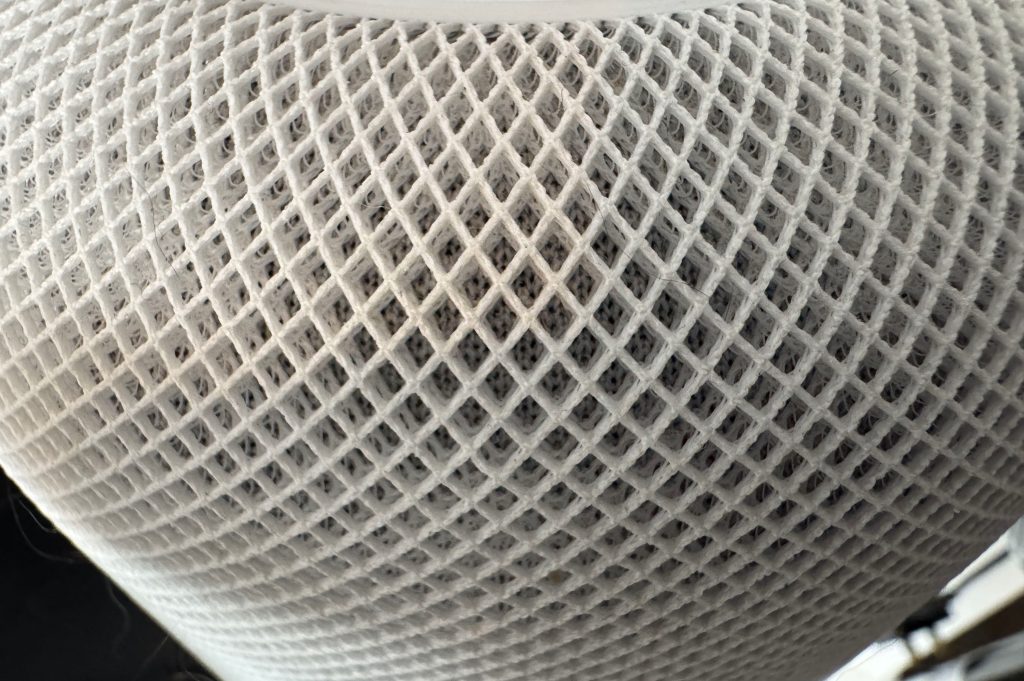
iPhone 16 Pro Max:
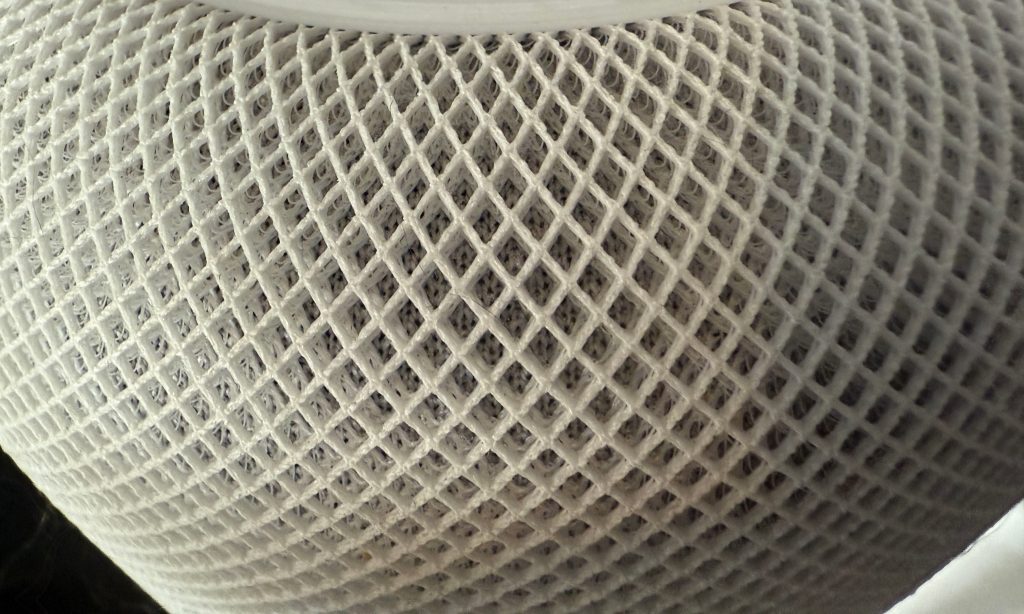
And here are the 1:1 crops, iPhone 15 first, 16 second:

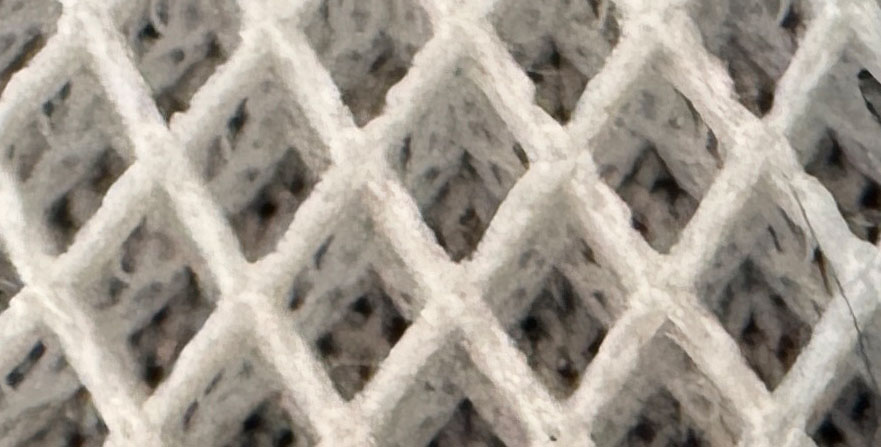
This year’s camera does capture noticeably more detail, and personally I think this does show up even in normal viewing.
The second photo somewhat surprised me. Last year’s camera is noisier than this year’s.
iPhone 15 Pro Max:
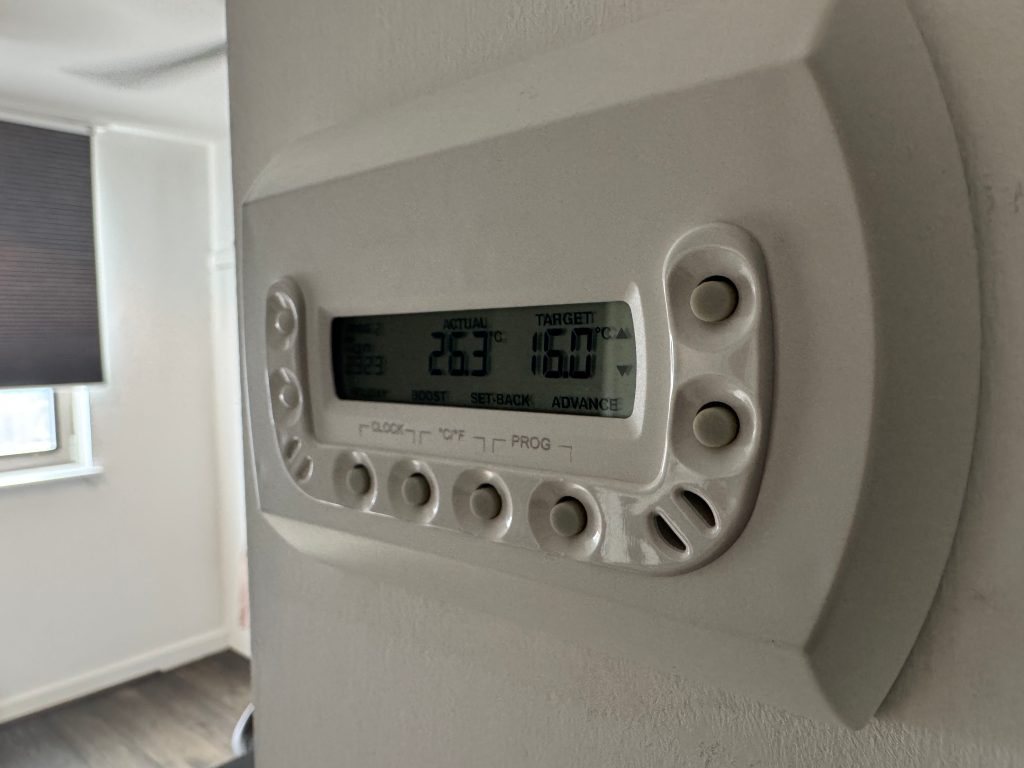
iPhone 16 Pro Max:
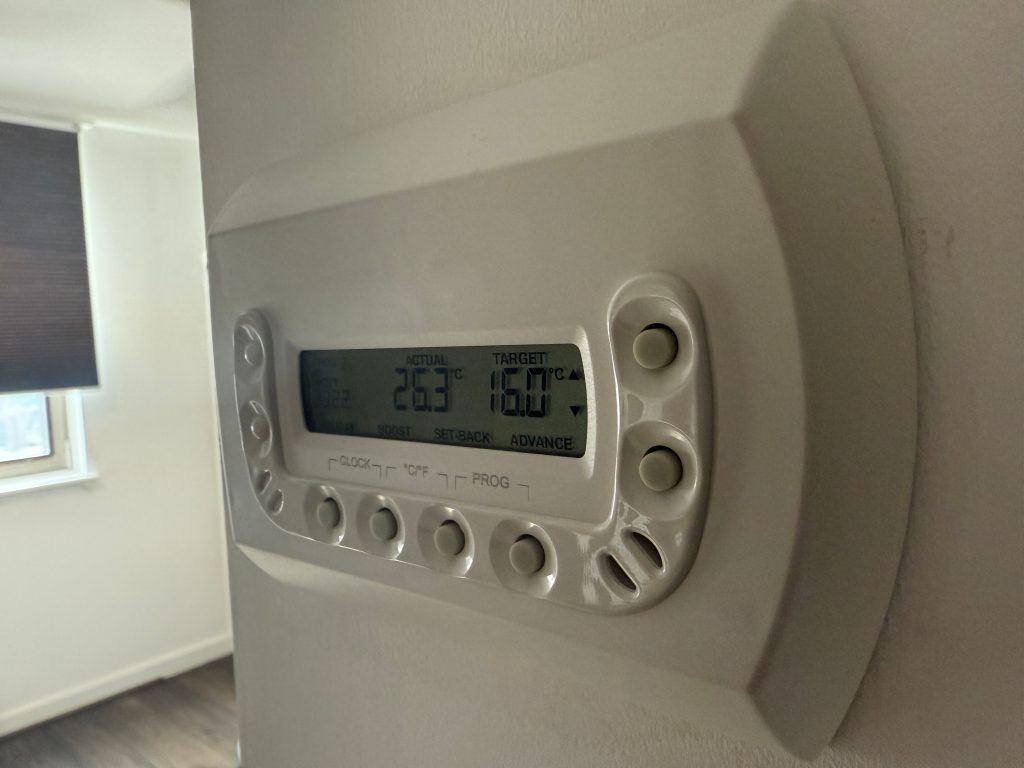
And the 100% crops, iPhone 15 first:
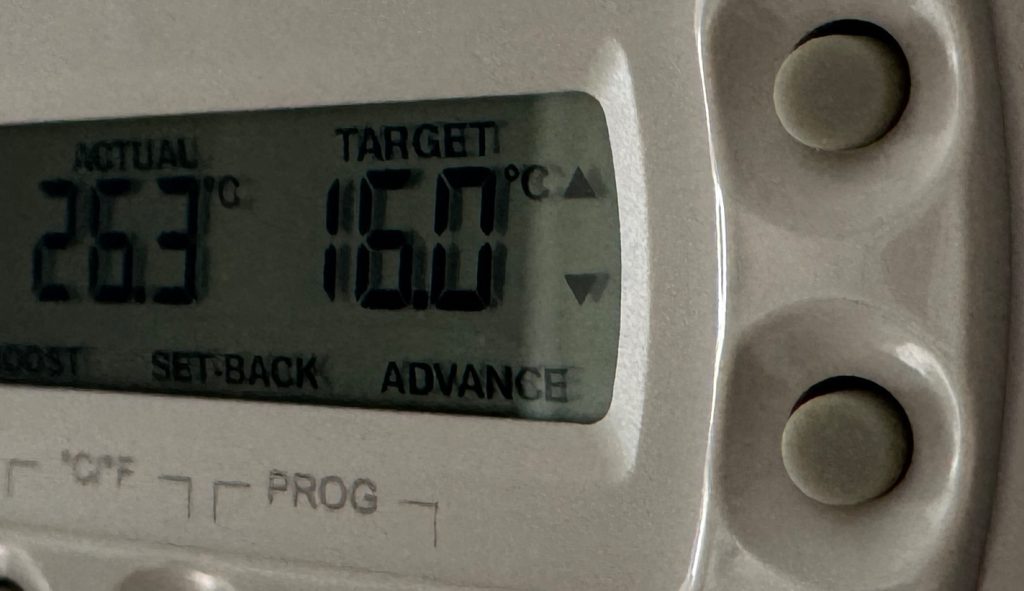

My very strong suspicion here is that the iPhone 16 has far more aggressive noise-reduction and sharpening. So I think this is less about the sensor, and more about differences in the photo processing.
Apple has tended to bump up the amount of default processing applied over the years. Each year, photos tend to get sharper, the HDR settings are boosted, the color is more saturated – and the noise reduction is increased. I’m often not a fan of this.
So that’s what I think is going on here. In this particular example, though, I think the new processing does give a more pleasing result.
I have the same suspicion about the next shot, where I think the sharper image from the iPhone 16 Pro Max is again to do with the processing.
iPhone 15 Pro Max:

iPhone 16 Pro Max:
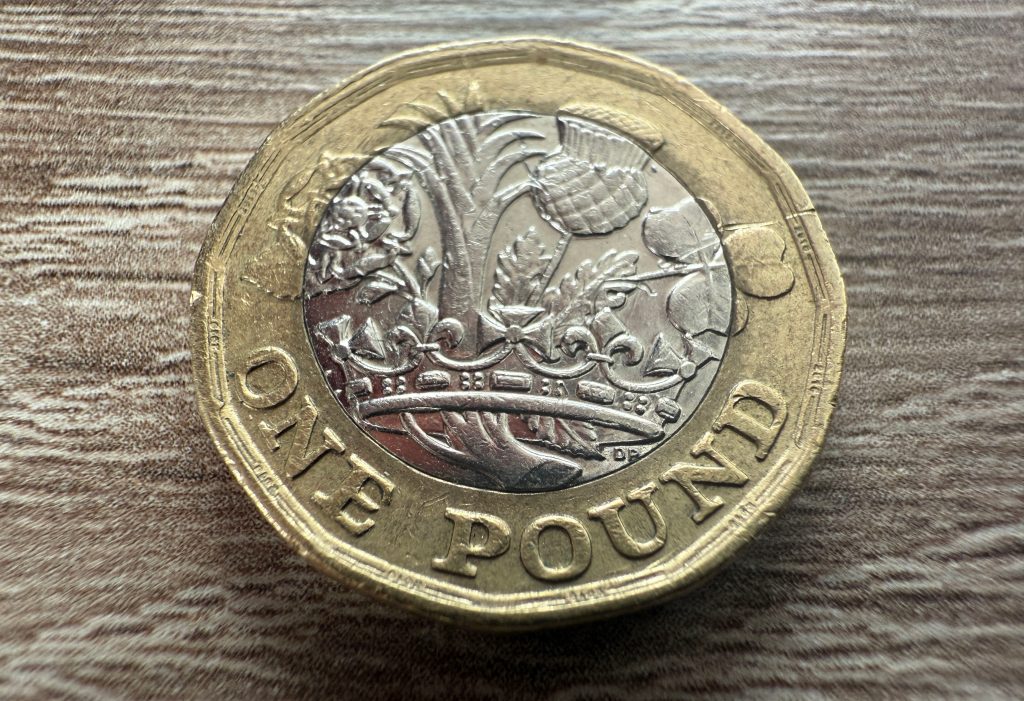
And the 100% crops, older camera first:
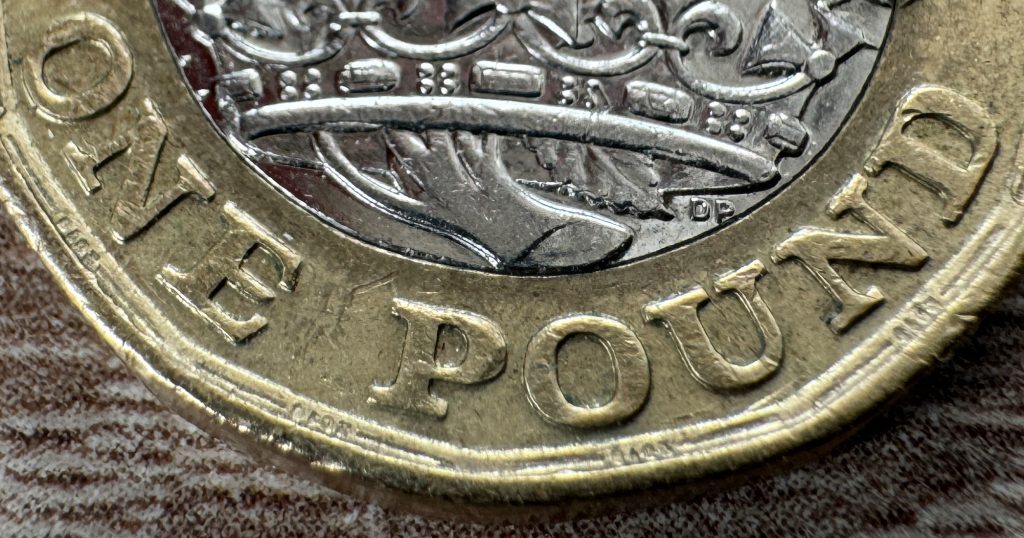

You may now be spotting a trend, as we move to the next example, a canvas print.
iPhone 15 Pro Max:

iPhone 16 Pro Max:
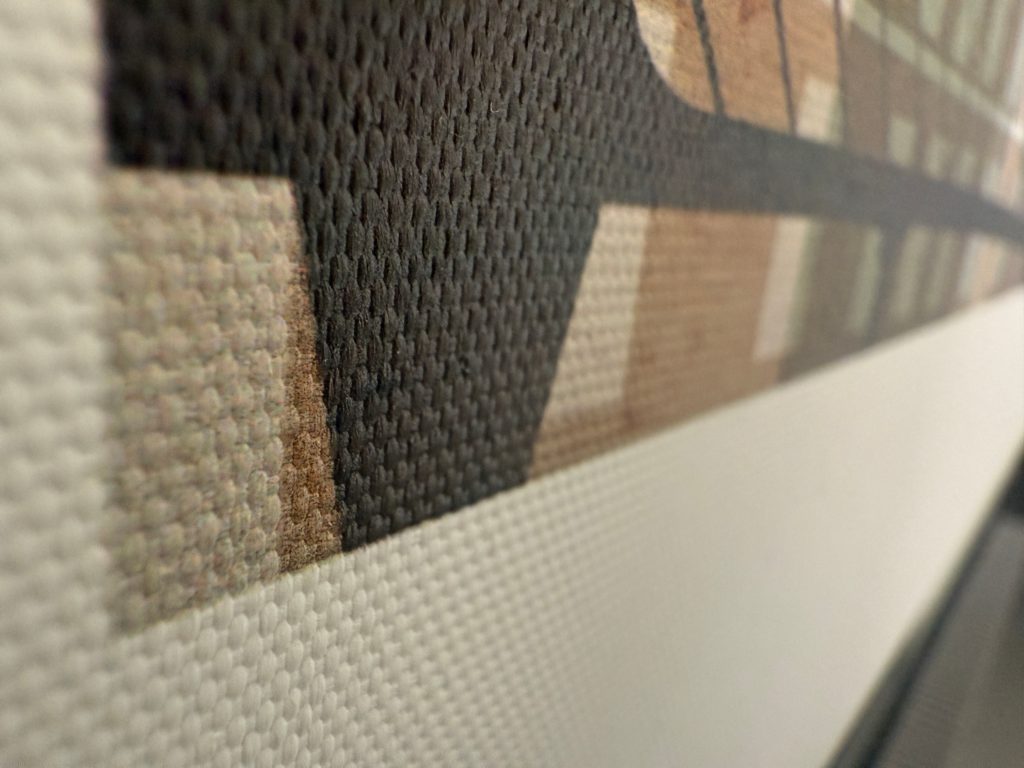
And 1:1 crops in the same order:

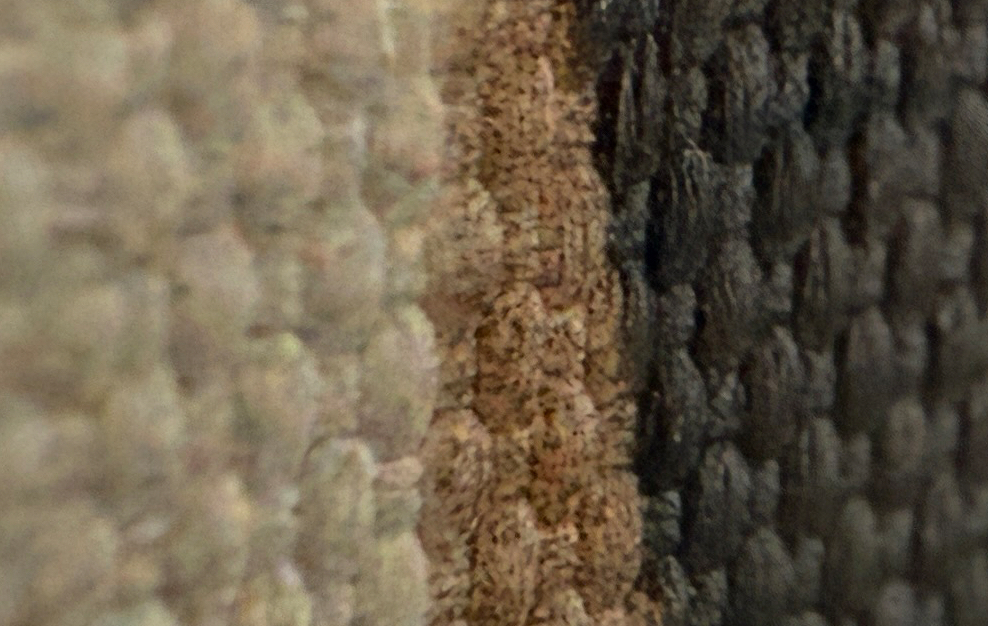
At first glance, it looks like the newer model captures more detail, but I honestly think it’s just more sharpening and greater noise-reduction.
Exactly the same here. iPhone 15 Pro Max:

iPhone 16 Pro Max:

And the usual order for the pixel-peeping:
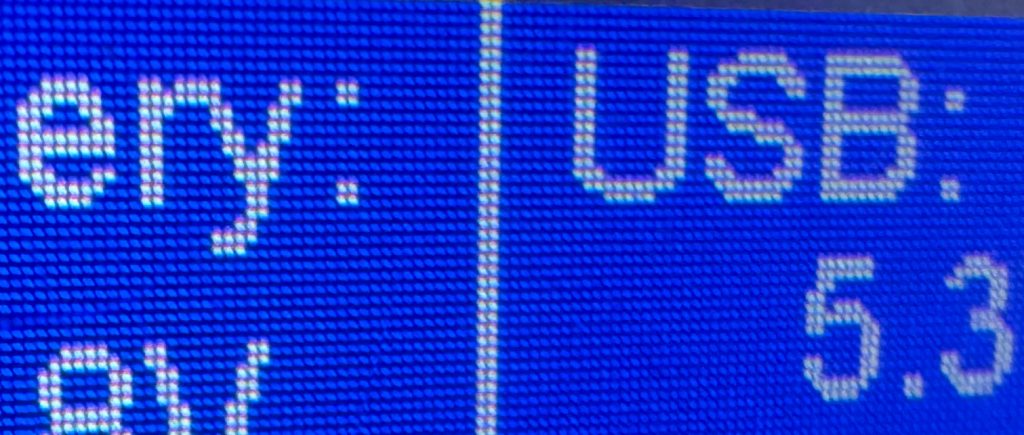
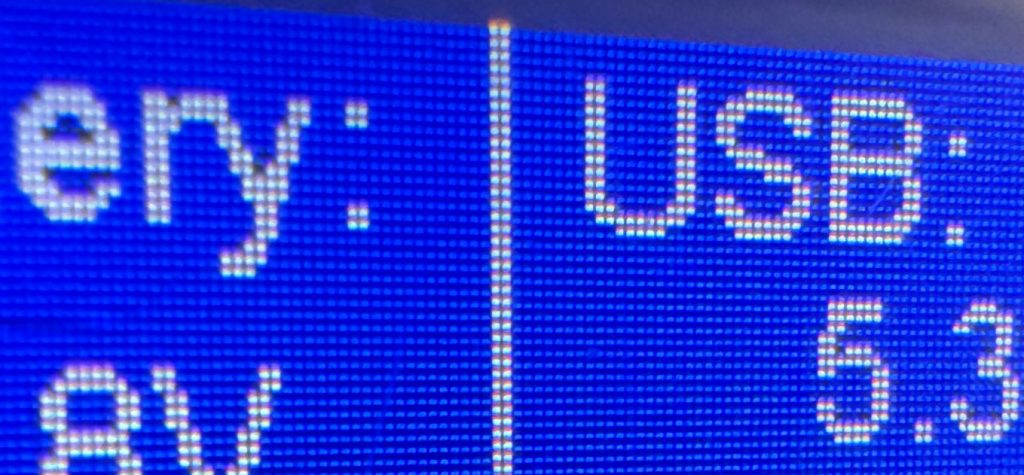
Finally, I think over-enthusiastic processing has actually produced a muddier image with the 16.
iPhone 15 Pro Max:
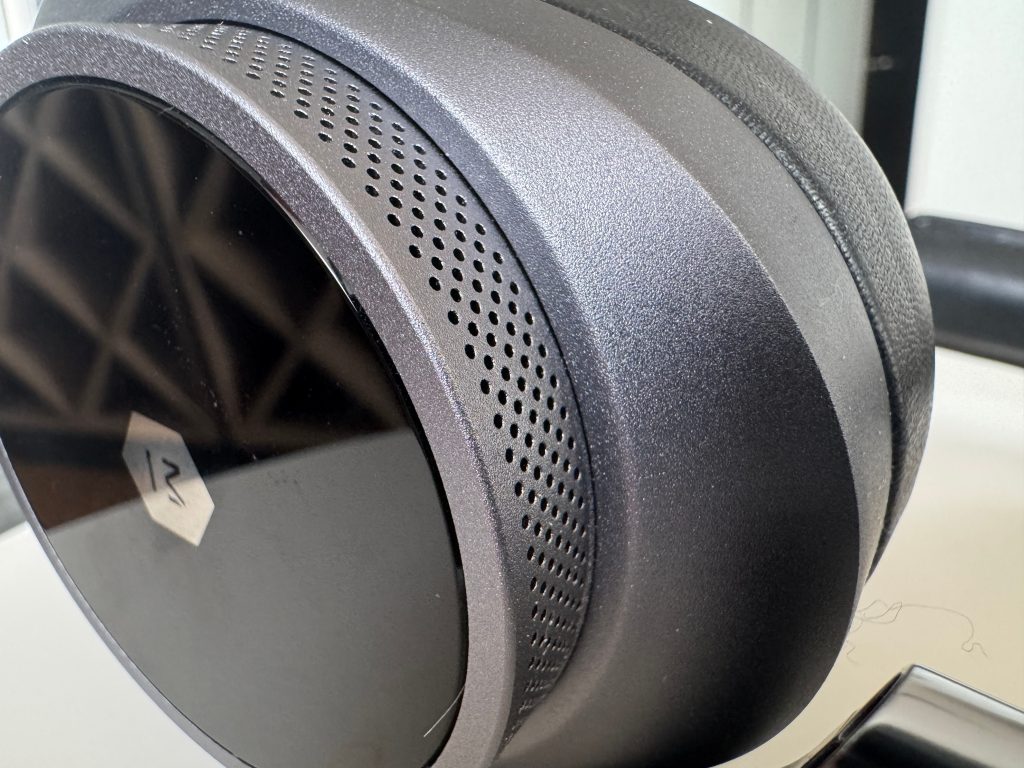
iPhone 16 Pro Max:
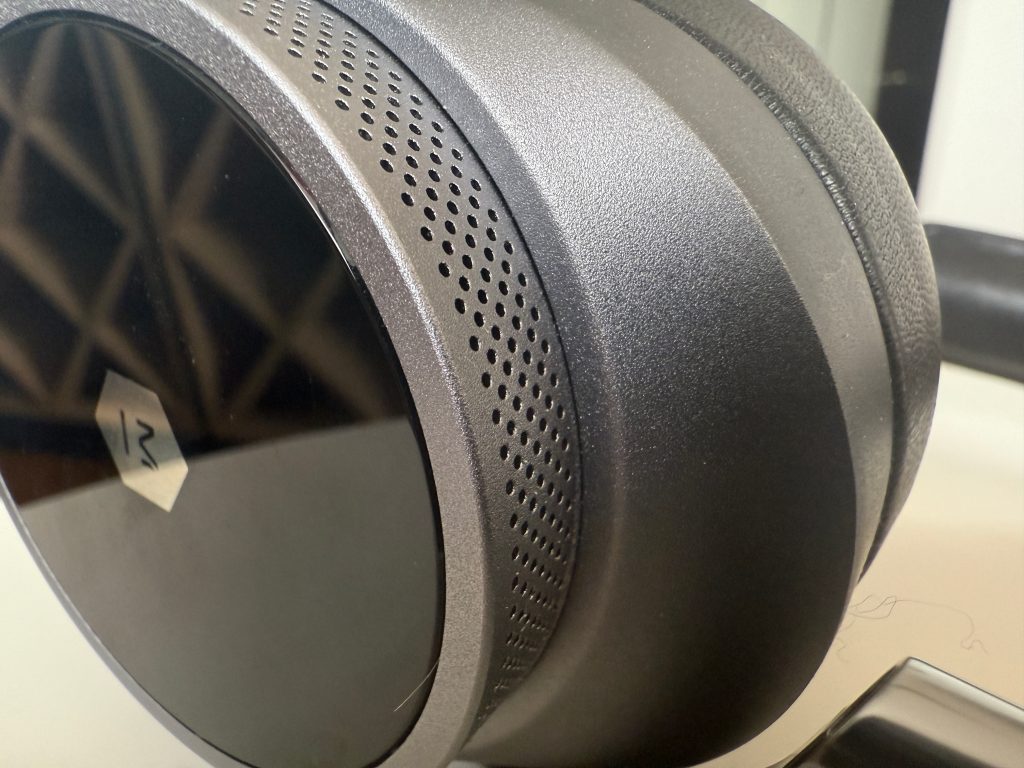
One-to-one crops in the same order:


Conclusions
I’d like to imagine the 48MP sensor is capturing more detail than the 12MP sensor, but I think the reality here is that Apple is hitting the limits of physics. Pixels this small have a lot more noise, and require a lot more processing to compensate. I truly believe that most of the differences we’re seeing are the result of that processing.
Of course, tastes vary, and what Apple is delivering is what most consumers want. In smartphone photography, what the average user wants is saturated, sharp images with as much shadow detail and as little noise as possible – and that’s what the iPhone delivers.
But so far as macro photography is concerned, you may or may not like the results, but you certainly shouldn’t expect four times the detail.
Photo: 9to5Mac
FTC: We use income earning auto affiliate links. More.





Comments